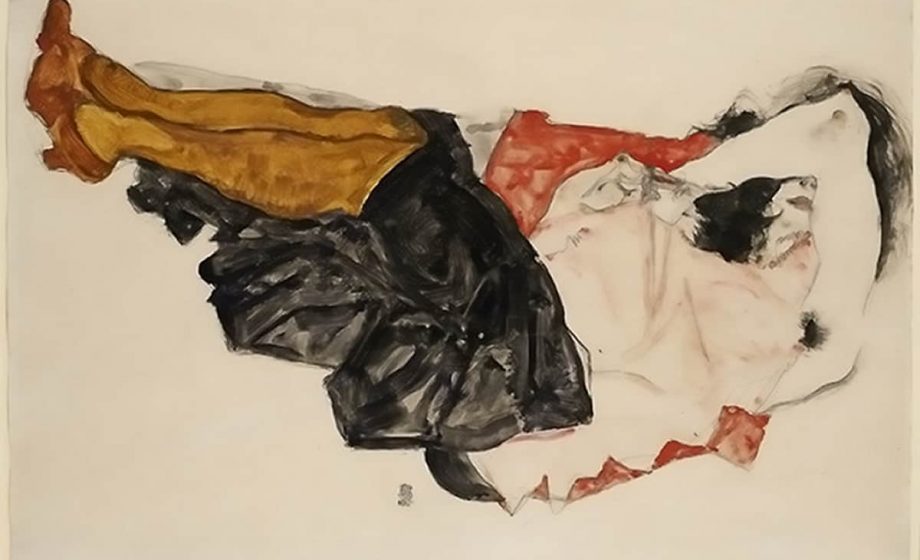
Egon Schiele, ‘Woman Hiding her Face’, 1912. Courtesy Collection Grünbaum.
Working to get an artwork back into the hands of its rightful owner, whether the rightful owner is a country or an individual, is no clear, easy science – there’s more grey area than what might meet the eye. To discuss some of the difficulties, and triumphs, that come along with repatriation, Art Critique spoke with Orna Artal, Esq., a New York lawyer who works in Commercial Law with her partner, Justice Charles E. Ramos as part of their firm, Ramos & Artal, LLC. While they cover an array of legal areas, Artal has taken a particular interest in art law with a keen focus on works taken during the Holocaust Era.
In a nutshell, Artal works as an arbitrator and mediator to provide their clients an alternative path to resolving issues concerning various areas of commercial law, but she finds disputes involving art fascinating. Artal told Art Critique that she’s ‘particularly interested in alternative dispute resolution and litigation as a means of obtaining the returning an artwork by individual claimants who lost their works of art because they were either looted outright by the Nazis or procured in forced sales under [difficult] circumstances during the war.’
